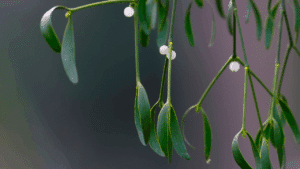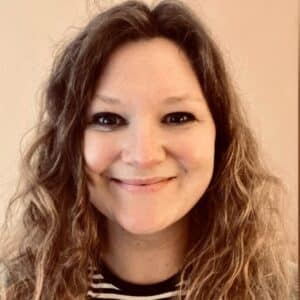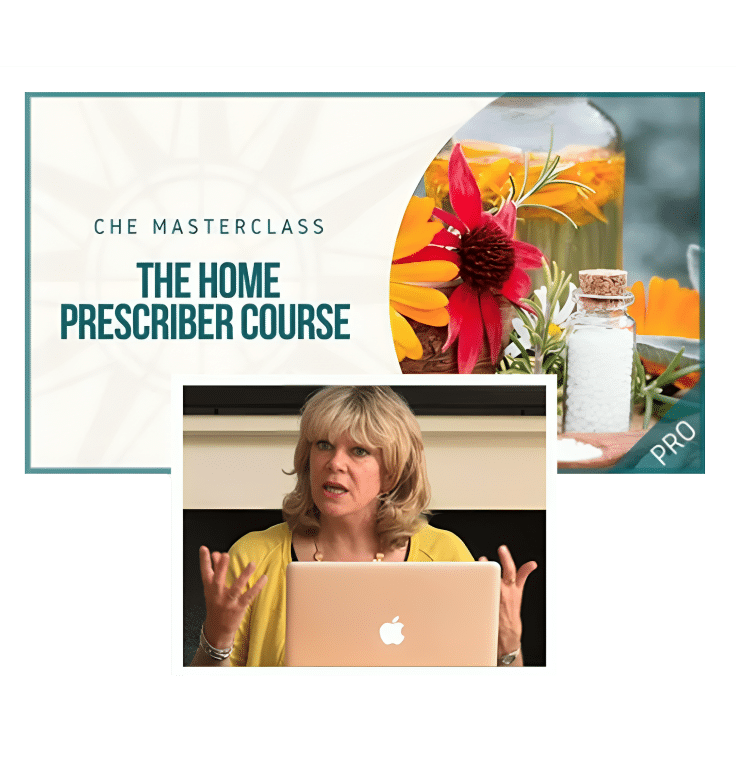
Mistletoe (Viscum album)
Mistletoe (Viscum album) Every Christmas, mistletoe hangs above doorways, inviting

For many of us, Jan Scholten’s integration of the periodic table into homeopathic thinking opened a new dimension in practice. A way to move beyond isolated remedy pictures toward a living map of human development and potential. Yet, perhaps we have only begun to explore the true depth of what this system can reveal.

Homeopath and CHE Community Manager
The beauty of Scholten’s insight lies not just in the precision of his chemistry, but in his ideas. The table, for him, was a reflection of the human journey; from conception to decline, from dependence to sovereignty. Each element holds a stage of this unfolding: the tentative existence of Hydrogen, the secure grounding of the Potassium series, the confident mastery of the Iron and Silver series, and the eventual letting-go of the Gold and Lanthanides.
When we step back and see the periodic table as a narrative of becoming, we realise that it mirrors our patients’ developmental arcs, their struggles for identity, security, performance, responsibility, and release.
Where Scholten mapped the structural evolution of being, Rajan Sankaran brought in the experiential texture; the sensation that vibrates at the core of the case. Through Sankaran’s eyes, we learn that minerals embody issues of structure and stability, plants express sensitivity and adaptability, and animals wrestle with competition and survival.
If Scholten gave us the architecture, Sankaran gave us the heartbeat.
Together, their work allows us to listen to our patients both as elemental structures and as sentient beings. The calcium mother, the ferrum worker, the gold leader; each expressing not only a theme, but a lived sensation that resonates through every aspect of their being.
An intriguing proposition emerges when we start to compare remedies across the kingdoms. If Pulsatilla, a plant remedy, shares the core insecurity and relational sensitivity of Kali sulph (its mineral counterpart), what happens when we allow these remedies to “speak” to one another?
In practice, this can deepen our perception of the case. When a child presents with the neediness and adaptability of Pulsatilla but also the underlying structural instability of a Kali state, we begin to perceive the spectrum rather than a static picture. The periodic table, in this sense, is not a fixed grid but a living dialogue; minerals offering the bones, plants offering the emotions, animals offering the instinct.
As homeopaths, we are asked to see beyond pathology, beyond materia medica, even beyond the symptom totality to see essence. The periodic table invites us to see essence in structure; Sankaran’s method invites us to feel essence in experience.
When these lenses merge, something powerful happens: we begin to perceive patterns of development not just in the patient, but in ourselves. Our own “elemental themes”; where we seek control, where we let go, where we feel incomplete, become illuminated.
Perhaps this is the deeper invitation of Scholten’s work: not merely to categorise remedies, but to understand the laws of human evolution that underlie them.
Next time you take a case, ask yourself:
When we listen to our patients in this way, we are no longer choosing between Scholten and Sankaran; we are integrating their insights into a unified field of understanding. The periodic table becomes not a chart of elements, but a portrait of the soul’s evolution.
Disclaimer
The content shared here is intended for informational purposes only and should not be considered a replacement for professional medical advice, diagnosis, or treatment from a qualified and licensed healthcare provider. The views and opinions expressed in this presentation are those of the presenter and do not necessarily represent those of CHE or any affiliated organizations.

Mistletoe (Viscum album) Every Christmas, mistletoe hangs above doorways, inviting

Your Guide to Calc Tissue Salts Tissue salts, also known

Natrum Muriaticum vs Nitric Acid: When Defensive Minds Look Alike
